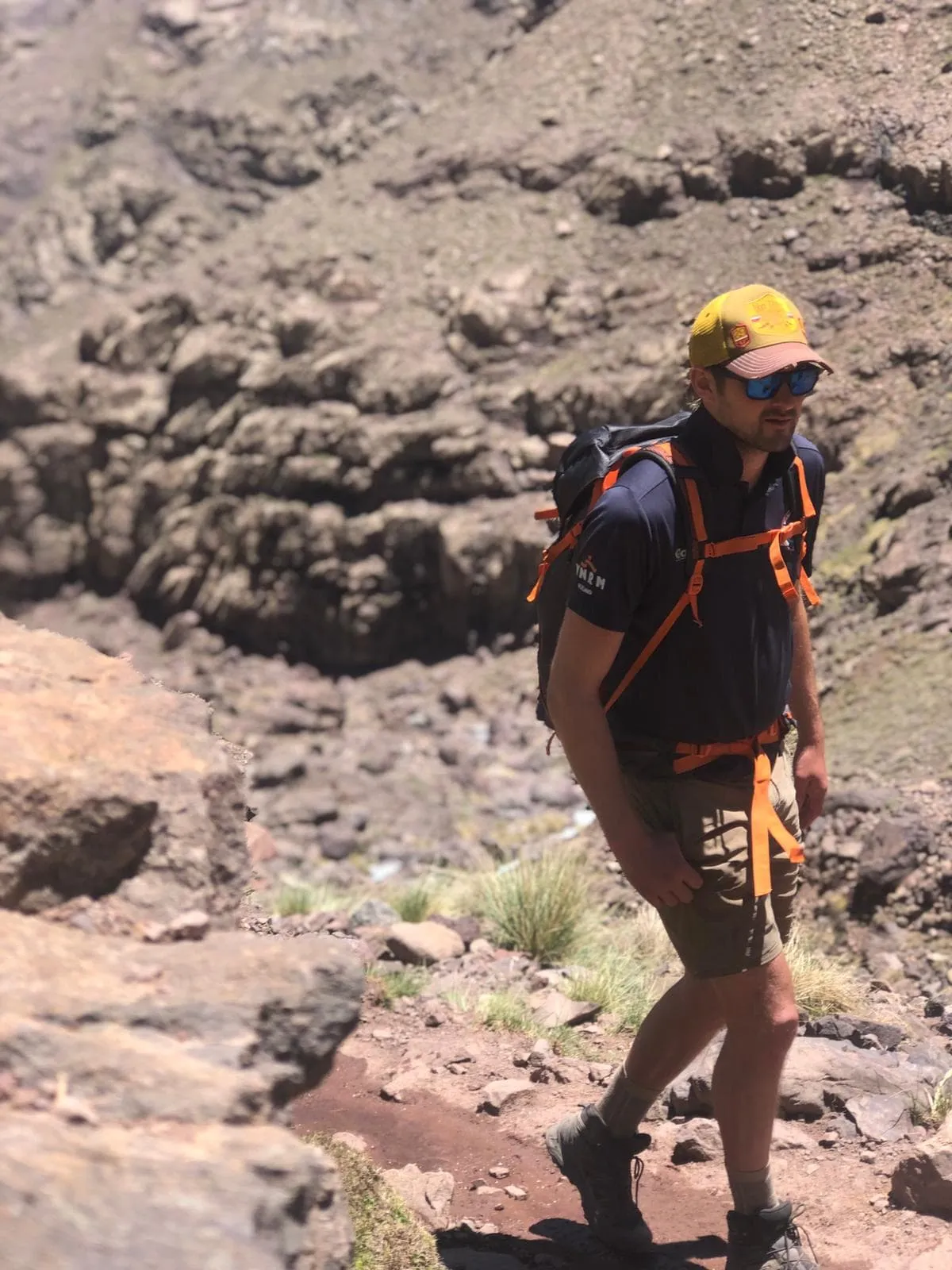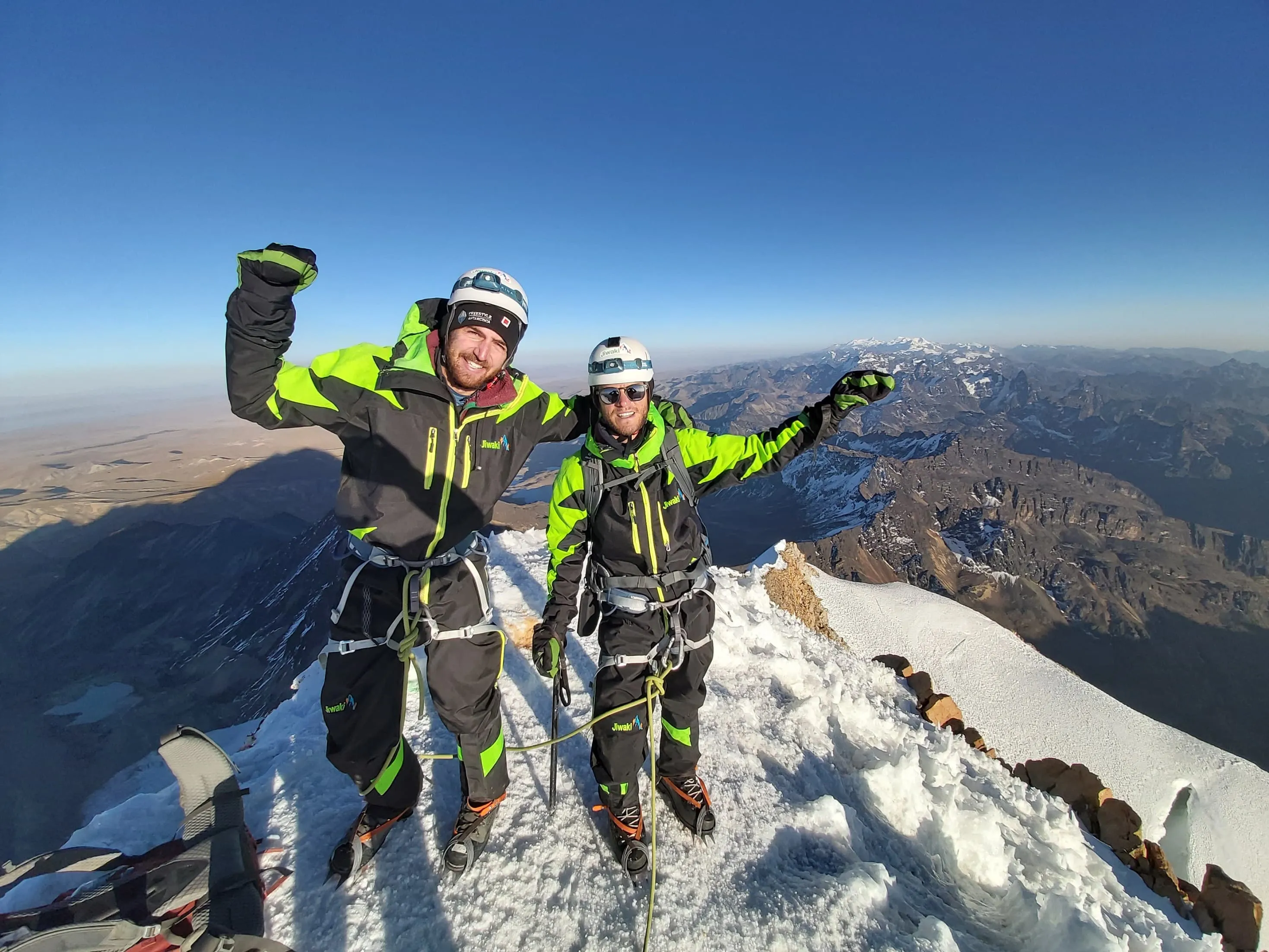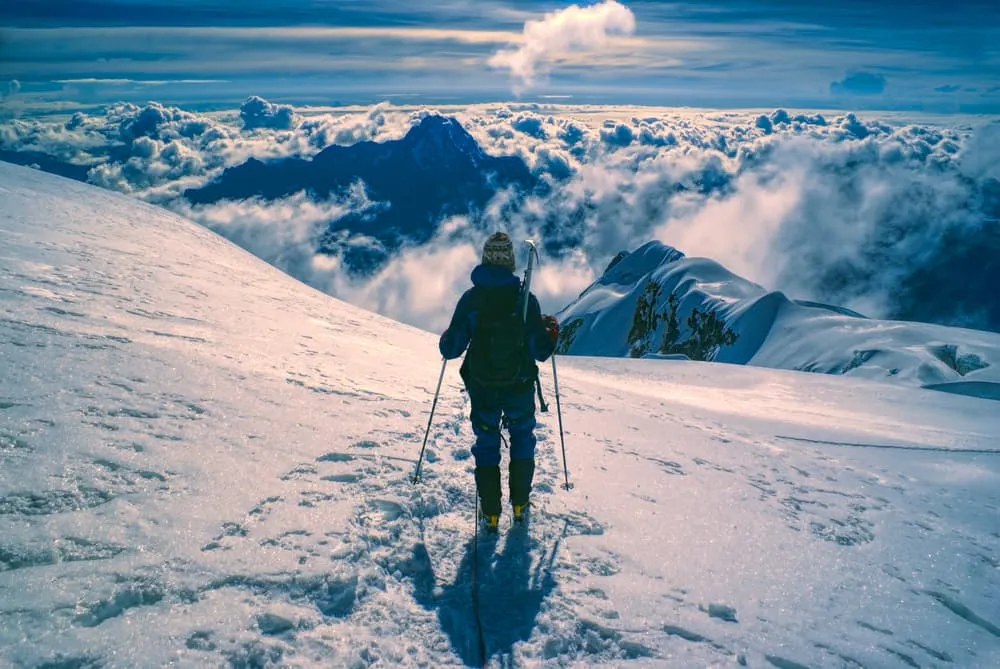The Huayna Potosi Climb is the most popular climb in Bolivia and one of the busiest trails on the cordillera Real mountain range. This impressive massif has been conquered by basically all its faces. The first ones to reach the top were 2 Germans, R. Dients and O. Lohse, in 1919, after a failed attempt 21 years earlier, when all members of the group perished on the way to the summit. If you want to conquer this massif like R. Dients and O. Lohse, this article is for you. In this long read, you will find all the information about climbing Huayna Potosí, from the difficulty and weather to the deaths and how to combine Condodiriri and Huayna Potosi in one climb. Let's go!
Huayna Potosí is the closest high mountain to La Paz, in Bolivia. The name of this massif is in Aymara, a native language of the region, and it means "young mountain". Huayna Potosí is one of the city's most distinctive features. Huayna Potosí can be easily accessed by car from La Paz. Moreover, since La Paz is already at 3640 m, climbers have an easier time acclimatizing. This impressive massif is usually considered the "easiest 6000er in the world", but this climb should not be taken lightly: rocky terrain, snow, ice, and glacier fractures are characteristic features of this breathtaking beast!










Comments